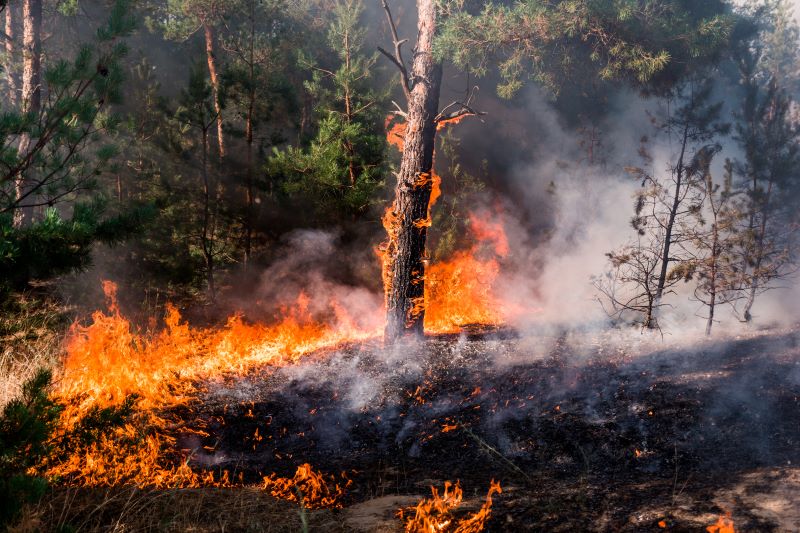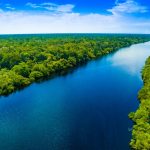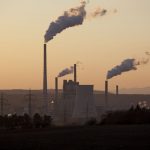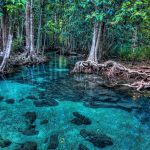The Relationship Between Climate Change and Wildfires
- Categories:
- Climate Change
- Forests

Natural wildfires
Though they are undoubtedly destructive, wildfires are a naturally occurring phenomenon and many ecosystems have adapted to rely on their intermittent occurrence.
Naturally-occurring or controlled fires can actually be beneficial to the environment and play an integral role in nature. They burn dead or decaying matter and this acts to return nutrients to the soil that would otherwise be trapped. As well as this, they also remove diseased plants and harmful insects.
So, wildfires are not necessarily a bad thing, but they can cause a significant amount of destruction, especially if they become more common and more powerful. Indeed, it is also estimated that more than 80% of wildfires are caused by humans rather than occurring naturally.
How is climate change linked to wildfires?
Although a certain number of wildfires should occur naturally or under controlled conditions, there is little doubt that climate change has a direct impact on the intensity and frequency of wildfires, and this is a major cause for concern.
As we mentioned earlier, dead or decaying matter is usually burned in wildfires or forest fires because it is dry and easy to ignite. However, climate change increases the presence of dry matter in forests, creating “tinderbox conditions” where the fire can quickly ignite and spread. These conditions mean it is easier for fires to spread and much harder to put them out.
Climate change is also creating warmer and drier conditions in certain parts of the world which makes fires more likely to start. In a previous blog, we discussed how climate change is increasing drought conditions around the world, and this also has the effect of making fires more likely because of how dry the environment becomes.
Climate change is also creating longer ‘wildfire seasons’ – the period of time in which it is likely for fires to occur in certain parts of the world. A study published in 2015 found that, globally, the number of days where wildfires are likely to burn has risen as a result of climate change.
The researchers estimated that, between 1979 and 2013, the wildfire season lengthened by an average of 19% for more than a quarter of the Earth’s vegetated surface.
How can we protect against wildfires?
Having periodic controlled fires can actually help protect against the bigger fires that will occur if all that dead matter is left untouched. Suppressing fire in all cases is not at all helpful and is actually likely to amplify the destruction once a fire does occur as it will be bigger and spread more easily.
This involves using a technique called ‘prescribed burning’, where intentional, off-season fires are created to burn up the dead and decayed matter in a controlled way. This is something indigenous people have been doing for thousands of years, and it is slowly becoming common knowledge in governmental fire management too, in places like California.
As the climate crisis escalates, however, the risk of large-scale, uncontrollable wildfires and forest fires is only likely to increase unless we take serious action now. We need to stop burning fossil fuels, as this is the main driver of carbon emissions.
SearchScene supports charities that are advocating for climate action, and you can help us by using us as your main search engine! Find out more about how it works here.










